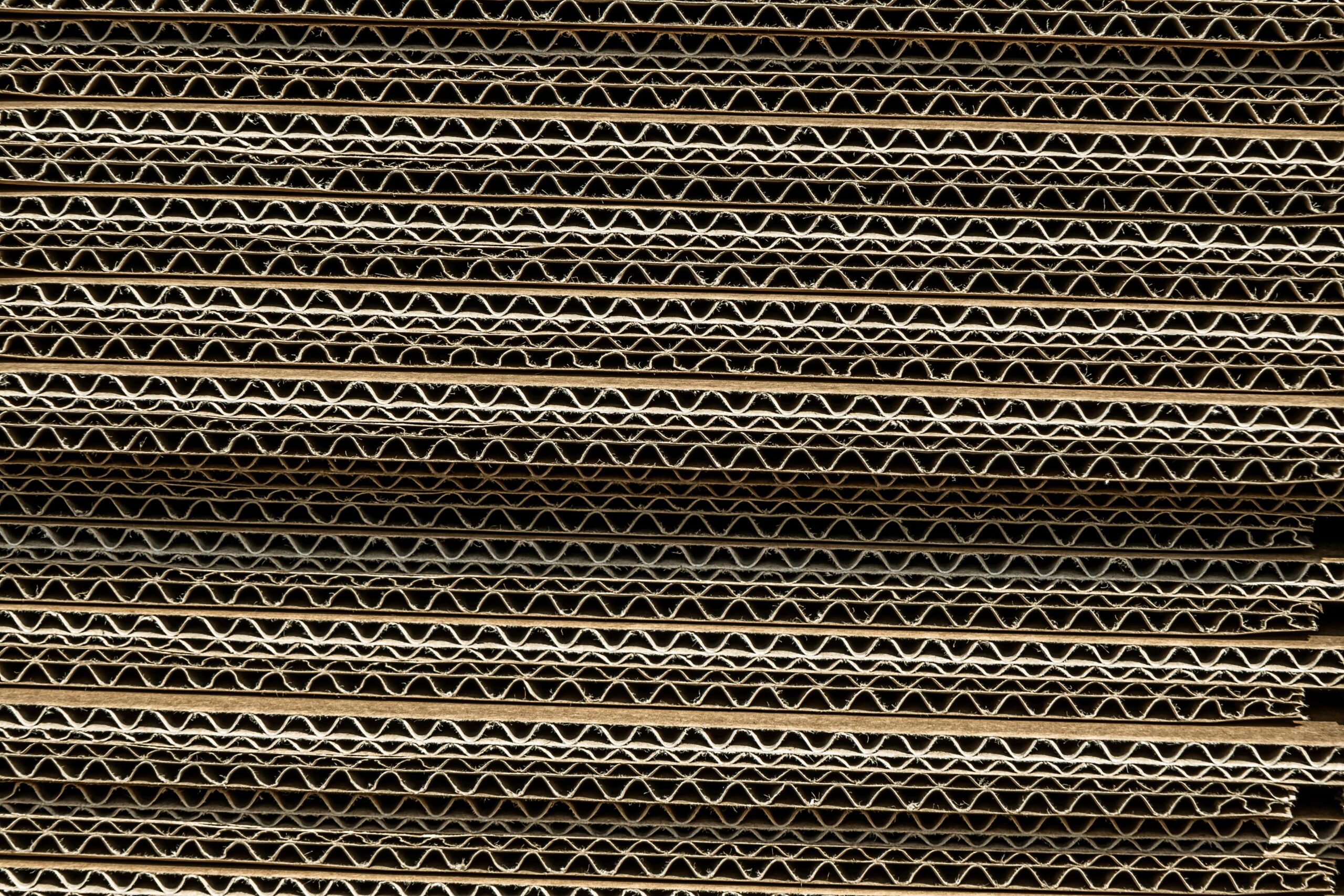Before pest management professionals can start on exclusion efforts and treatment actions at commercial facilities, they need to find the source of the pest attraction and understand how pests are finding access to the building. To do so, they must first conduct an inspection of the location so they can make connections to the pest activity. Integrated pest management, the industry best-practice approach that exhausts all non-chemical methods of pest control prior to the use of chemicals, is rooted in inspection. Inspection is the key to identifying the source of an issue, which may be corrected with exclusion and other non-chemical techniques for longer-term control. However, this raises the question: how do pest management professionals know where to look for pest activity? While this is not a comprehensive list of all potential places that pests can frequent, here are a few things to keep in mind when searching for and managing pests commonly found in commercial environments.
Rodents
Rodents prefer spaces in which they can travel and nest while going unnoticed. Their unique body shape enables them to access facilities through openings as small as a dime, from gaps under doors to cracks in foundations or walls. Once inside, common nesting spots can depend on the type of rodent. For example, roof rats are commonly found in the upper areas of structures and like to explore their surroundings. Once they’ve established their presence within a building, they will follow the same path to food and water sources, which may be evident with rub marks on the walls and product shelves from their greasy fur. On the other hand, Norway rats prefer to nest in lower building areas, and can be found in undisturbed piles of debris or merchandise. Deer mice are excellent climbers, and while they are more commonly found in rural environments, they can frequent commercial environments and be found in tight spaces in basements and attics. Similarly, house mice prefer dark, secluded places with abundant nesting materials, such as paper products, insulation, fabric, etc.
Cockroaches
American cockroaches are found most often in large commercial buildings, such as restaurants, grocery stores, food processing plants, hospitals, etc. Most commonly they are introduced into buildings through the sewer system via drains, by being brought in, or by mass migration from other structures, dumps, etc. during warm weather. Found throughout structures, German cockroaches have a preference for warm, humid spaces and are often found in kitchens and bathrooms, but infestations can happen anywhere. Prime locations for harborage are any cracks or crevices near a source of food and water. German cockroach infestations are often introduced via paper products or packaging, such as cardboard boxes, or through secondhand appliances, rental furniture and deliveries.
Bed Bugs
One of the most common misconceptions regarding bed bugs is that they only thrive in homes and hotels. Despite what their name may convey, bed bugs can exist anywhere humans frequent. They survive by being elusive and hardy, and because they are nocturnal, they are not normally seen during the day. Bed bugs can hide inside walls, in crevices and cracks and behind wallpaper. Because of their size and flat bodies, they can squeeze between the pages of books, file folders and even into “sealed” areas such as filing cabinets and closed drawers. They are expert hitchhikers and can ride in on clothing or belongings of employees and customers of a variety of commercial environments.
Commercial Pest Control with Copesan
If you are interested in learning more about pest behavior and how a pest management program can impact your business, contact us! Copesan is here to serve you and cater to your location’s specific needs to help you achieve a pest-free environment.

